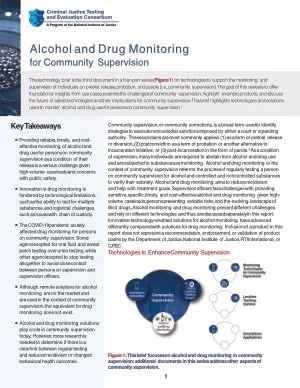By Kelly Lyn Mitchell and Ebony Ruhland
Since 2019, Ramsey County Community Corrections (RCCC) and the Robina Institute of Criminal Law and Criminal Justice have collaborated on the Reducing Revocations Challenge, a CUNY Institute for State and Local Governance national initiative supported by Arnold Ventures that is dedicated to understanding the drivers of probation revocations and identifying ways to reduce them when appropriate. This study investigated the underlying causes of failure to maintain contact violations by interviewing individuals on probation in Ramsey County, Minnesota. A significant finding from our research is that "failure to maintain contact" with probation officers, often called "absconding" in other jurisdictions, is a prevalent violation, accounting for 29% of probation violations and 23% of revocations. Additionally, this study sought to understand how people on probation experienced being apprehended on a warrant, the issuance of which was reported to be a frequent response for failure to maintain contact violations. On the surface, the reasons for failure to maintain contact seemed straightforward. However, individual stories revealed much more complex situations, including struggles with substance abuse, lack of basic needs, and missteps by the probation department. This study also revealed several potential areas for improvement that could reduce failure to maintain contact violations in the future, such as assessing and addressing basic needs to increase compliance and reestablishing communication with individuals who are unresponsive but not necessarily hiding.
Minneapolis: Robina Institute of Criminal Law and Criminal Justice, University of Minnesota, 2023. 38p.








